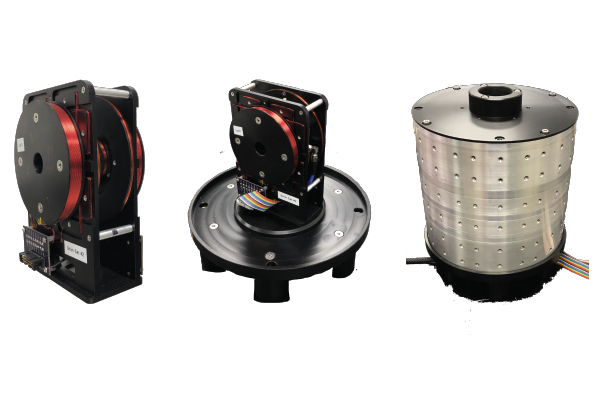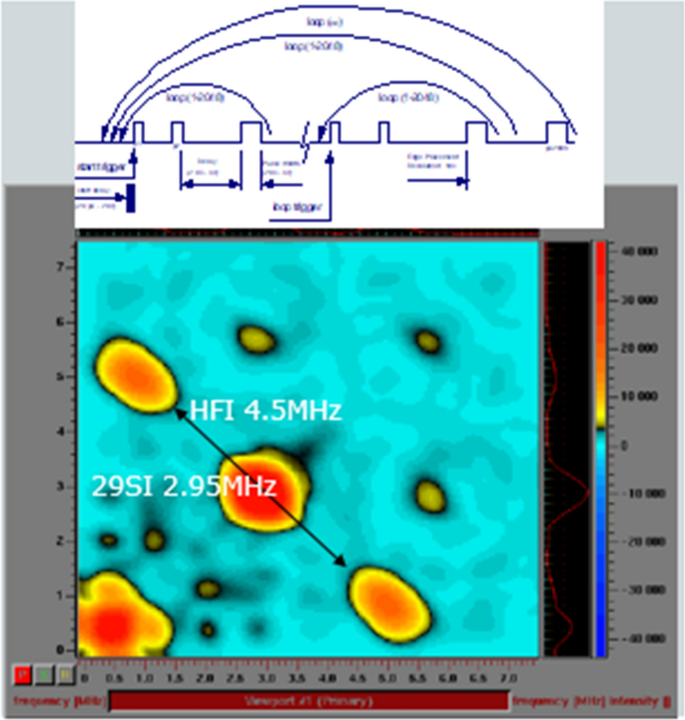

Here we demonstrate a safe and efficient way to prepare few-layer, nanometer thick c-MoS 2 material in pure water at room temperature. 24–26 The use of heavily doped 2H–MoS 2 phases as HER electrocatalysts remains to be explored. 21–23 The metallic 1T phase has also shown promise for this application but suffers from a lack of stability. 19,20 The poor electrical conductivity of 2H–MoS 2 is an impediment, however, which is why composites with carbon-based materials such as carbon nanotubes, graphene or graphitic materials have been explored. MoS 2 is a promising catalyst candidate due to its high density of active sites in the basal plane or at edge sites and high stability in acidic medium (depending on the exfoliation and synthesis process).

9 Noble metals such as platinum are the best electrocatalysts currently known for the hydrogen evolution reaction (HER), 17–19 but their rarity and cost are impediments to scale-up and motivate the search for alternative catalysts. Hydrogen is proposed as a potential alternative energy carrier because it has a high energy density and is easily mass-produced, e.g. Over the past few years, MoS 2 has garnered attention as an electrocatalyst for the production of renewable energy to help combat climate change. 15 demonstrated direct exfoliation of semiconducting MoS 2 from bulk in pure water by controlling the sonication temperature, but did not report the conductivity of their materials, and accordingly did not optimize their process for conductivity. 13 Pure water would be a green choice as a dispersion solvent to exfoliate 2H–MoS 2, but most two-dimensional material surfaces (including MoS 2) are hydrophobic in nature, 14,15 requiring an added surfactant. 10 Even though liquid exfoliation methods reduce cost and eliminate safety hazards such as metallic lithium, they commonly utilize toxic solvents such as N-methyl-2-pyrrolidone (NMP). Doping with hydrogen molybdenum bronze and sub-stoichiometric MoO 3− y was identified as the origin of the improved conductivity of the 2H–MoS 2 phase while preserving its crystal structure. 12 We have recently reported the synthesis of a conducting, heavily doped 2H–MoS 2 phase (c-MoS 2) using a liquid exfoliation procedure with dilute aqueous hydrogen peroxide. 9,10 The 1T-MoS 2 phase does not occur naturally and is generally prepared either via liquid exfoliation with lithium intercalation at elevated temperatures (∼100 ☌) for two days, 11 or using a hydrothermal synthesis process in an autoclave. 5,6 However, for applications in batteries, 7 supercapacitors, 8 electrocatalysts 9 and liquid sensors, 10 a material with a higher conductivity is required, such as the metallic 1T phase or a heavily doped 2H–MoS 2. 1,2 It is most commonly found in the semiconducting 2H–MoS 2 phase and used as a lubricant, 3 desulfurization catalyst, 4 in gas sensors, or as a channel material for field effect transistors. Introduction Molybdenum disulfide (MoS 2) is a 2-dimensional layered transition metal dichalcogenide with a tuneable bandgap, room temperature stability in ambient conditions, and natural abundance. We elucidate the mechanistic origin of the catalytic properties of these materials which may be of future use to develop a family of electrocatalysts based on doped MoS 2. We also evaluate the performance of the doped MoS 2 films as electrocatalysts in the hydrogen evolution reaction. This impurity acts as a dopant and is responsible for the increase in conductivity of the MoS 2 films without compromising their structural integrity. Conductivity measurements, Raman spectroscopy and X-ray photoelectron spectroscopy demonstrate that controlling the sonication time and temperature lead to the generation of small quantities of hydrogen peroxide in the water that interact with MoS 2 to form a small amount of sub-stoichiometric MoO 3− y. Here, we report a new way of exfoliating heavily doped conductive MoS 2 by sonication in pure water at 60 ☌ without additives. We have previously reported an efficient and environmentally friendly procedure to exfoliate conductive MoS 2 via sonication in very dilute aqueous hydrogen peroxide. Even though a metallic 1T phase of MoS 2 exists, its exfoliation process is expensive and difficult to scale because it involves hazardous materials and procedures, limiting its practical applications. In order to utilize MoS 2 in electrocatalytic applications, it needs to be sufficiently conductive.

Molybdenum disulfide (MoS 2) has long been used in catalysis and is a promising material for energy conversion devices.


 0 kommentar(er)
0 kommentar(er)
